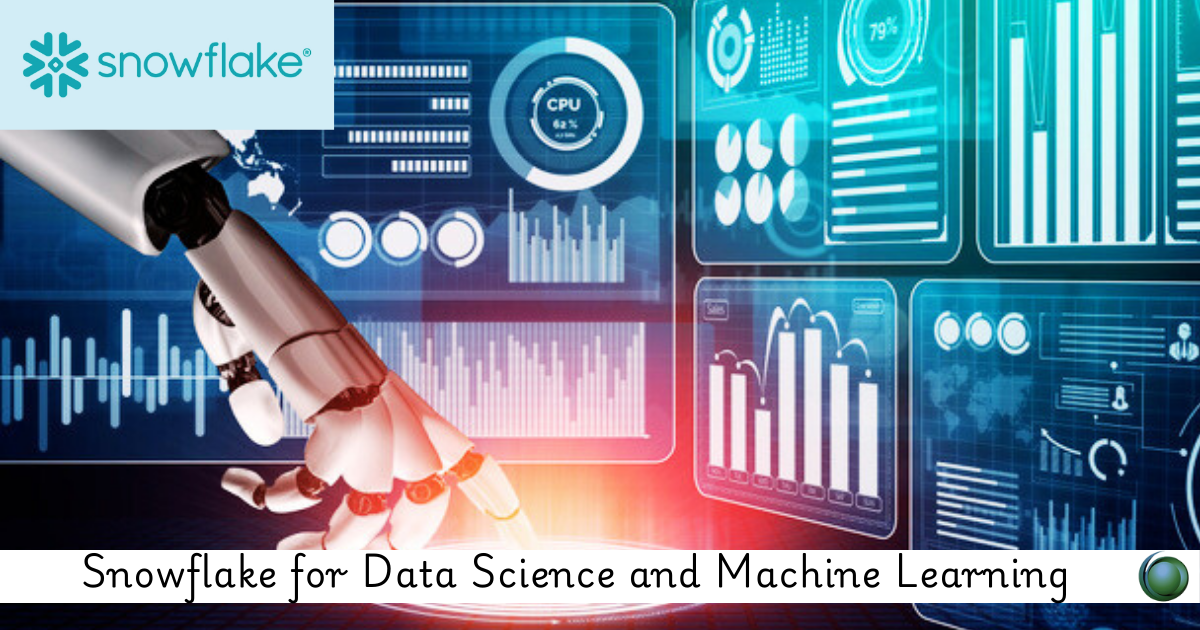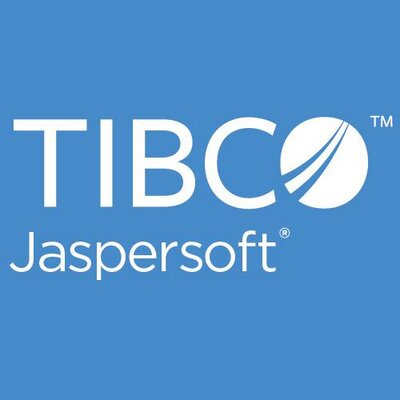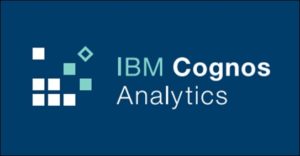Description
Introduction of Snowflake for Data Science &ML
Snowflake provides a scalable, cloud-native platform for data science and machine learning (ML) workloads. With its built-in support for SQL-based analytics, native integration with machine learning tools, and powerful compute capabilities, Snowflake enables data scientists to process, analyze, and train models efficiently. This guide explores best practices for leveraging Snowflake for data science and ML workflows.
Prerequisites
- Basic knowledge of Snowflake’s architecture.
- Familiarity with SQL and Python.
- Understanding of machine learning concepts.
Table of Contents
1. Understanding Snowflake’s Role in Data Science and ML
1.1 Key Features for Data Science and ML
1.2 Snowflake’s Architecture for ML Workloads
1.3 Benefits of Using Snowflake for ML
2. Data Preparation and Feature Engineering
2.1 Data Cleansing and Transformation with Snowflake SQL
2.2 Handling Missing Data and Outliers
2.3 Feature Engineering Using Snowflake Functions
3. Integrating Snowflake with Machine Learning Tools
3.1 Using Snowpark for ML Workflows
3.2 Connecting Snowflake with Python (pandas, scikit-learn)
3.3 Leveraging Snowflake with TensorFlow and PyTorch
4. Training and Deploying Machine Learning Models
4.1 Data Sampling and Model Training in Snowflake
4.2 Using External Compute with Snowflake ML Pipelines
4.3 Deploying ML Models with Snowflake UDFs
5. Automating ML Pipelines in Snowflake
5.1 Scheduling Workflows with Snowflake Tasks
5.2 Integrating with Apache Airflow for Orchestration
5.3 Continuous Model Training and Updating
6. Performance Optimization for ML Workloads
6.1 Optimizing Query Performance for Large Datasets
6.2 Using Materialized Views for Faster Processing
6.3 Best Practices for Compute Resource Management
7. Real-Time Analytics and Machine Learning
7.1 Implementing Real-Time Scoring with Snowflake Streams
7.2 Building Real-Time Recommendation Engines
7.3 Event-Driven ML Pipelines with Snowflake and Kafka
8. Model Monitoring and Governance
8.1 Tracking Model Performance in Snowflake(Ref: Building Scalable Data Pipelines in Snowflake)
8.2 Implementing Data and Model Versioning
8.3 Ensuring Compliance and Security in ML Workflows
9. Cost Optimization for ML in Snowflake
9.1 Managing Compute Costs for ML Workloads
9.2 Optimizing Storage and Data Retention Policies
9.3 Using Caching and Query Optimization Techniques
10. Conclusion and Future Trends Snowflake for Data Science &ML
10.1 Key Takeaways for Using Snowflake in ML
10.2 Future Trends in AI and Snowflake Integration
10.3 Next Steps for Advancing Snowflake ML Capabilities
Snowflake’s scalable cloud infrastructure, native ML integrations, and powerful compute capabilities make it an ideal platform for data science and machine learning. By leveraging Snowflake’s features for data preparation, model training, and real-time analytics, organizations can build efficient ML pipelines that drive business value while optimizing costs and performance.







Reviews
There are no reviews yet.